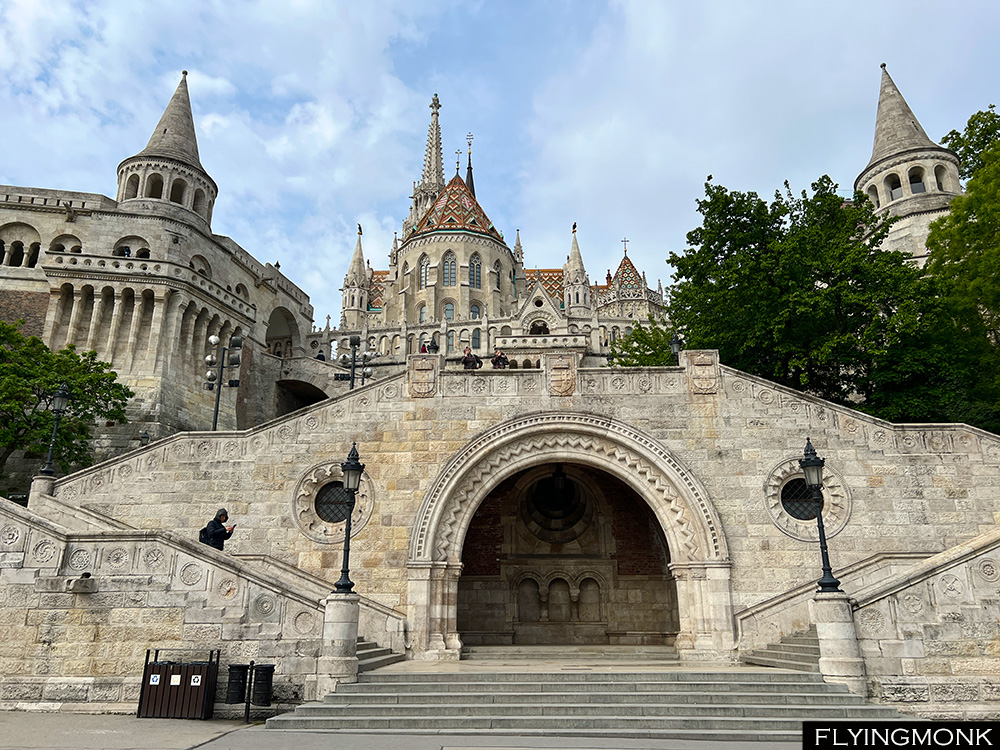
While walking in Pest you could see from many locations the palace perched on the hill across the Danube. Buda Castle was the seat of the kings of Hungary ruling from Buda established as capital in 1361. Buda and Pest were separate cities. They united and formed Budapest in 1873 making it the second-largest city of the Austro-Hungarian Empire after Vienna. Pest got conquered by the Ottomans in 1526, and 15 years later Buda fell also under their rule becoming capital of the Budin province during the Ottoman rule and they stayed like this for almost 150 years when the Habsburg took over defeating the Turks.

In the middle of the square topping Buda hill, Mathias Church, founded in 1015 was used for centuries as a coronation site by Hungarian kings. It was rebuilt in gothic style in the 14th century and restored in the late 19th century. Near the church is the statue of St Stephen statue the founder of Hungarian kingdom, credited also for christianizing the Hungarian tribes. As a result he got promoted from king to saint.

But the main structure that can be seen on Buda hill is the Fishermen’s Bastion, a romantic reinforcement built at the beginning of the 20th century. There was no defensive intent in its construction but for beautification of the town on the place where it seemed that the fishermen guild brought their products to the market around Mathias Church. But the story goes that for this benefit the fishermen had to defend the thick walls of the citadel at this specific location.

A short walk from the Fishermen’s bastion is the Buda Castle that host the Hungarian National Art Museum and just nearby is the newly renovated palace of the Hungarian president.From the hill you can descend by a funicular with amazing views over Széchenyi Chain Bridge, the famous chained bridge of Budapest.



It was a long walk around the Buda Hill’s sites and I was rushing at one point because I had to catch a train to Bratislava. I walked the Chain bridge in Pest and in the last hour I had available I went to visit the House of Terror, the museum dedicated to what the Hungarians call, the two occupations, the Nazi and Communists, identical brothers in ideology. The museum was developed in the building once occupied by the Nazi party just to be taken over after the war by the Hungarian Secret Police. Conveniently, they just changed labels and applied the same terror to the people.

On the museum’s first floor is a tank used by the Soviets in quashing the 1956 revolt of the Hungarians zesting for freedom. The museum exhibits are spread on two floors before descending into the basement where the torture chambers and the jail were preserved intact together with the torture devices. But what strikes most is the chagrin the museum’s films and regular folks’ interviews exude, all explaining how the communists will destroy the country. It’s a sentiment of powerlessness combined with anger and rage for the crimes those people committed and total disgust for the communists that brought the enslavement and emasculation of an entire country.





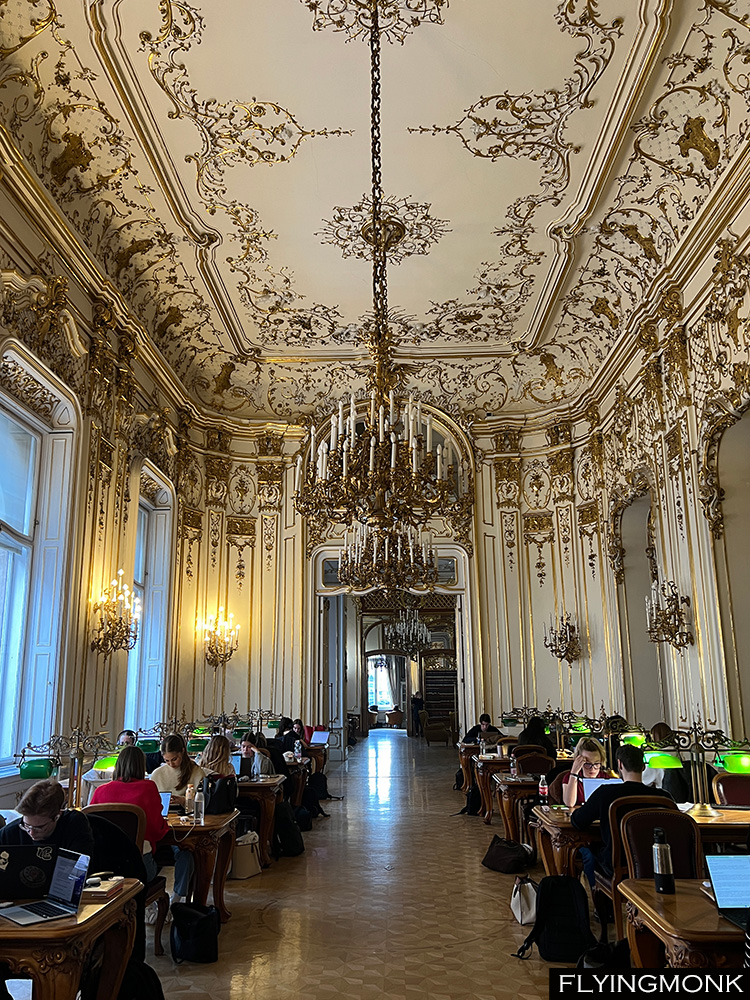
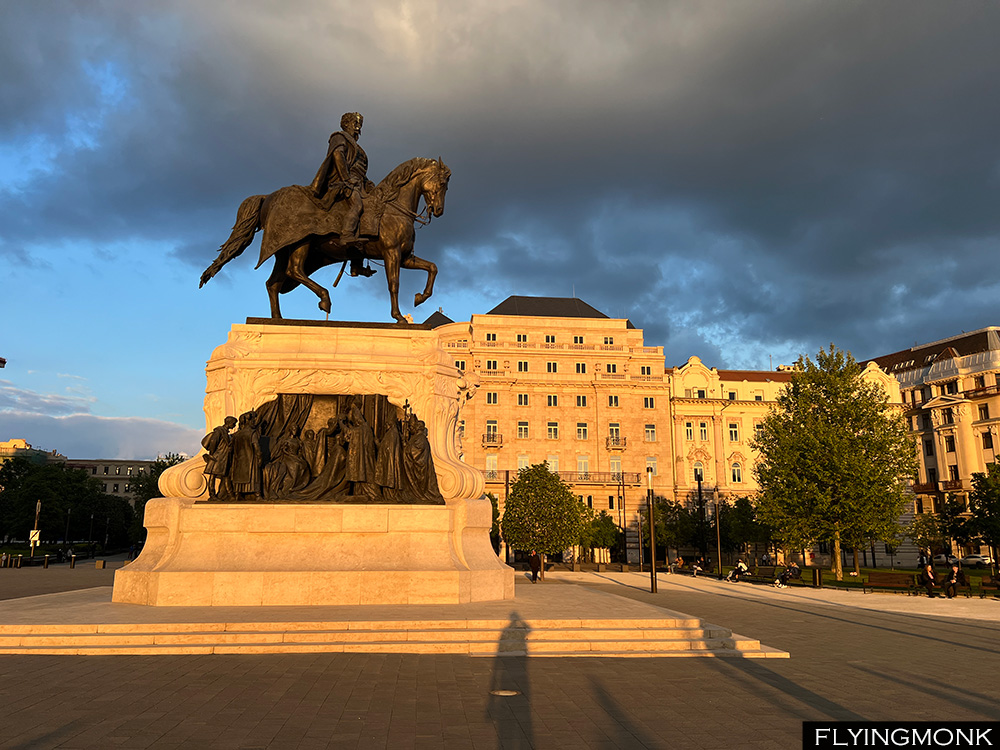

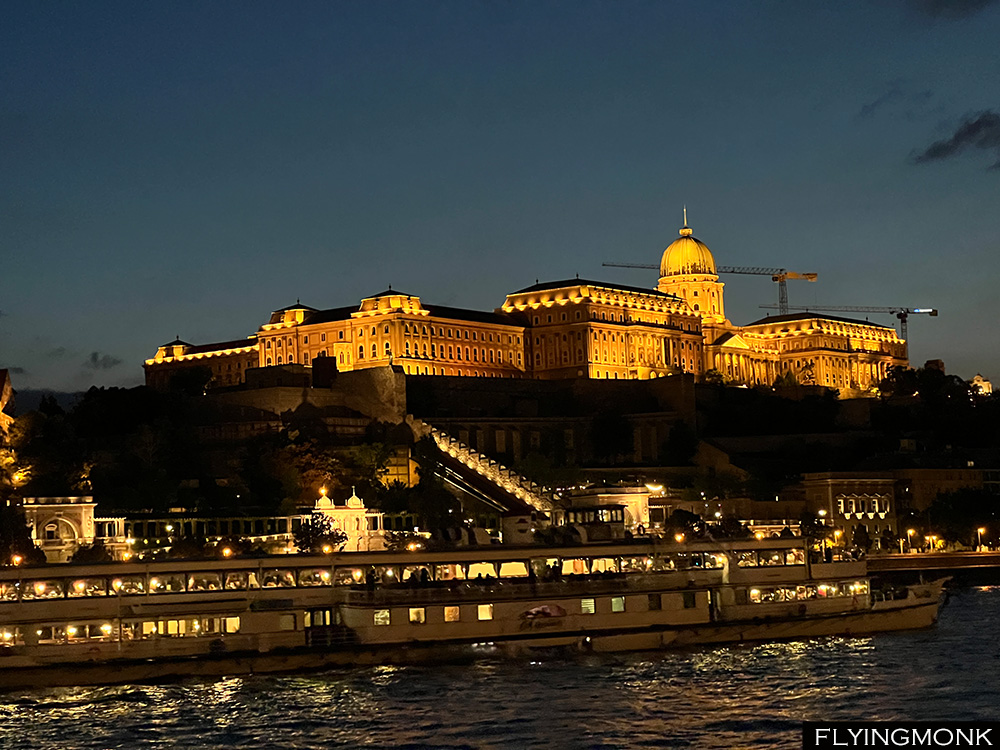

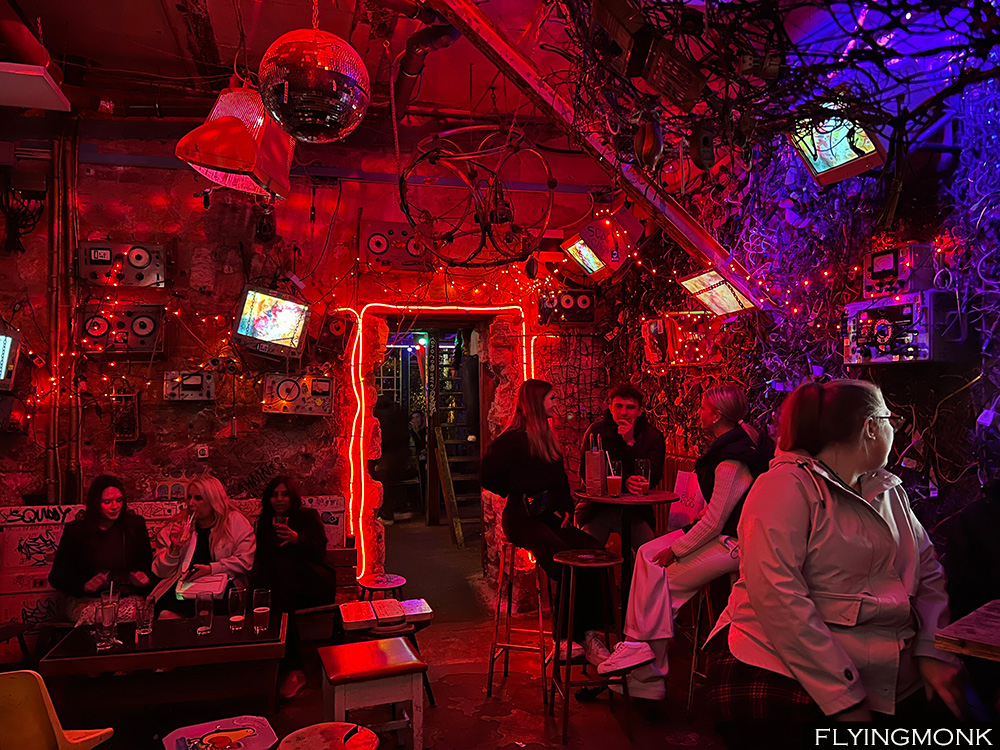

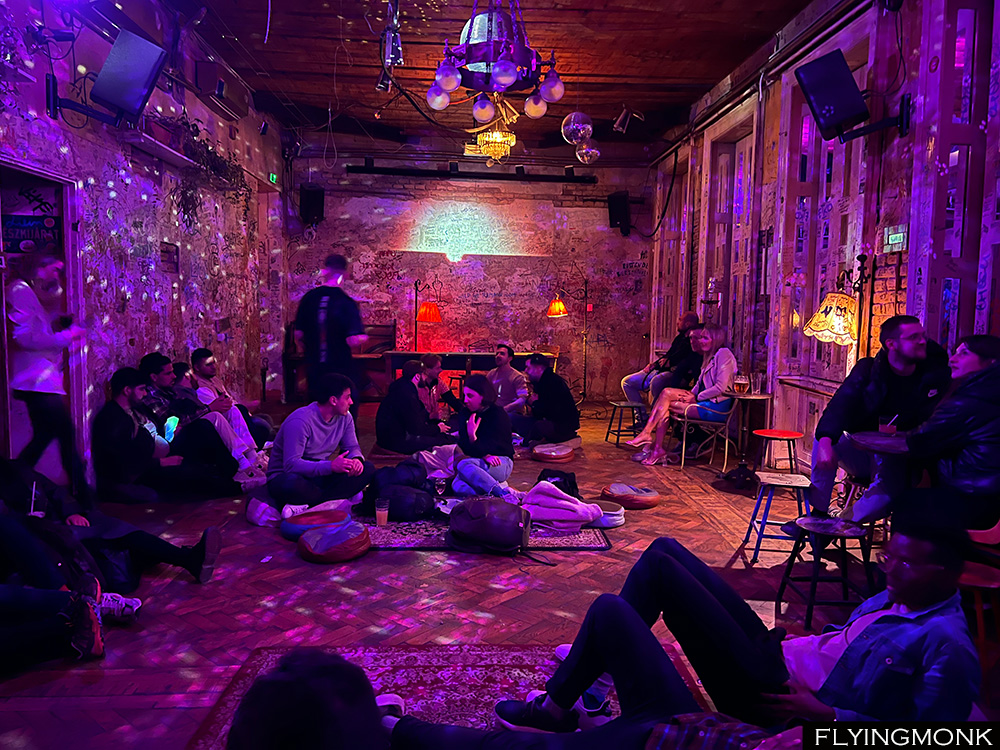

You must be logged in to post a comment.